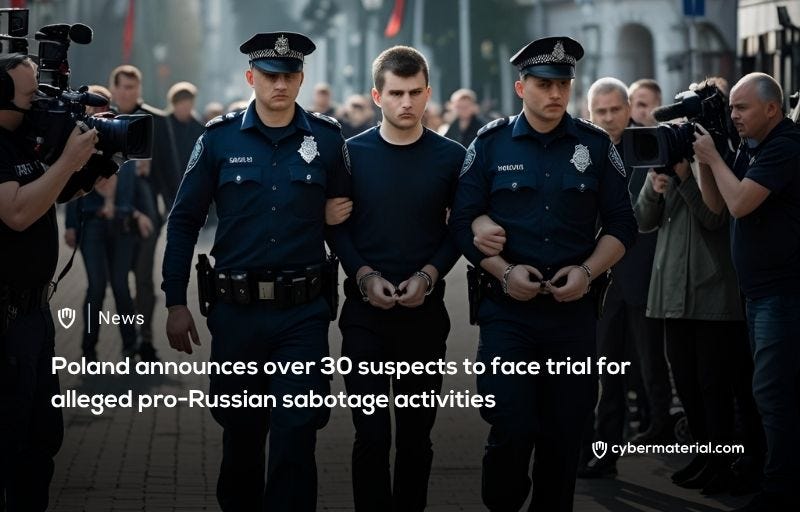
Federal authorities have taken a significant step in the fight against cybercrime by seizing a substantial cryptocurrency cache from the Chaos ransomware gang. The FBI’s Dallas field office announced it had confiscated 20.2 Bitcoin from a digital wallet associated with a Chaos operator on April 15, 2025, which was valued at $1.7 million at the time. Due to market fluctuations, the value of the seized assets had appreciated to over $2.4 million by the time the seizure was publicly disclosed on July 28, 2025.
The Chaos ransomware group, which FBI Dallas has linked to numerous attacks against victims in the Northern District of Texas, is a formidable threat in the cyber landscape. Security researchers believe the group was formed by former members of the notorious BlackSuit/Royal ransomware gang. A recent report from Cisco Talos highlighted the gang’s aggressive tactics, detailing a recent wave of intrusions that have impacted a wide array of industries, underscoring the broad scope of their criminal enterprise.
Following the seizure, the Department of Justice (DoJ) has initiated legal proceedings to permanently confiscate the cryptocurrency. On July 28, the US government filed a civil forfeiture complaint in the Northern District of Texas. In its official statement, the DoJ asserted that “the seized cryptocurrency, now valued at over $2.4m, allegedly constitutes property involved in unlawful activity, or proceeds of or property derived from unlawful activity, including money laundering and extortion related to damage to a protected computer.”
This action aligns with a broader federal strategy concerning digital assets seized from criminal operations. In March 2025, an Executive Order signed by President Donald Trump established a Strategic Bitcoin Reserve and a US Digital Asset Stockpile. These reserves are capitalized with forfeited cryptocurrencies, creating a national store of digital assets. Furthermore, the government has implemented structured liquidation policies to manage these funds, ensuring some assets are held in reserve while others may be liquidated to cover operational costs or provide restitution to victims of the crimes.
For the government to be granted final ownership of the seized funds, it must successfully navigate the civil forfeiture process. This requires presenting compelling evidence that directly links the $2.4 million in Bitcoin to specific criminal conduct, such as the ransomware attacks perpetrated by the Chaos gang. The outcome of this case will not only impact the financial standing of the criminal group but also reinforce the government’s capability to track and seize illicitly gained digital assets.
Reference:
FBI seizes $2.4 million in cryptocurrency from the Chaos ransomware gang during crackdown operations
The post FBI Seizes $2.4M from Ransomware Gang first appeared on CyberMaterial.


